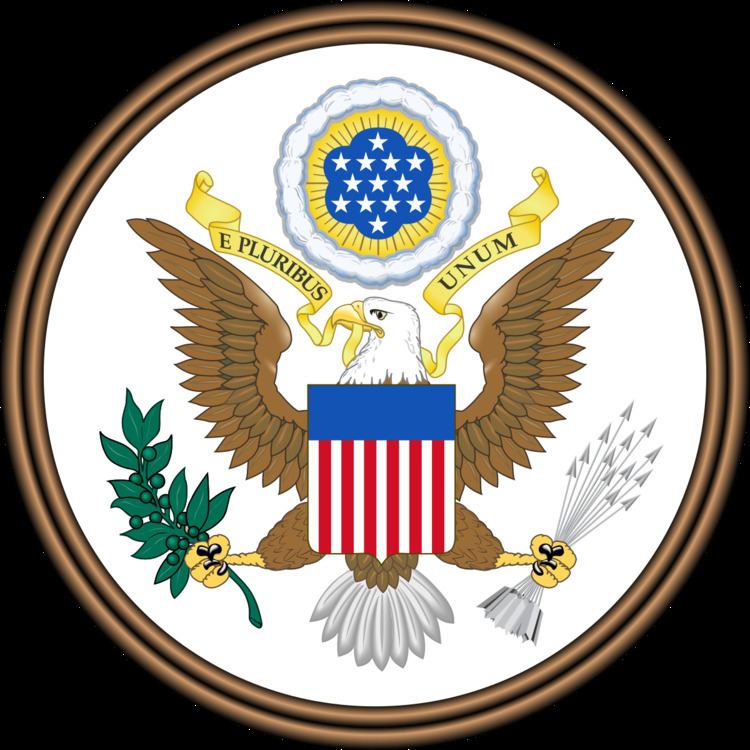Effective August 30, 1954 Statutes at Large 68 Stat. 919 | Public law 83-703 | |
 | ||
Titles amended 42 U.S.C.: Public Health and Social Welfare | ||
The Atomic Energy Act of 1954, 42 U.S.C. §§ 2011-2021, 2022-2286i, 2296a-2297h-13, is a United States federal law that is, according to the Nuclear Regulatory Commission, "the fundamental U.S. law on both the civilian and the military uses of nuclear materials." It covers the laws for the development, regulation, and disposal of nuclear materials and facilities in the United States.
It was an amendment to the Atomic Energy Act of 1946 and substantially refined certain aspects of the law, including increased support for the possibility of a civilian nuclear industry. Notably it made it possible for the government to allow private companies to gain technical information (Restricted Data) about nuclear energy production and the production of fissile materials, allowing for greater exchange of information with foreign nations as part of President Dwight D. Eisenhower's Atoms for Peace program, and reversed certain provisions in the 1946 law which had made it impossible to patent processes for generating nuclear energy or fissile materials.
The H.R. 9757 legislation was passed by the 83rd U.S. Congressional session and signed into law by President Dwight Eisenhower on August 30, 1954.
